+86 571 8659 2517
+86 180 5841 8258
info@zmuni.com

On Aug. 26th, 2024, ZMUni Compliance Centre hosted a webinar titled “Towards Cruelty-Free Cosmetics: Exploring China's Compliance Requirements for New Cosmetic Ingredients of HoSU and Polymers” presented by our Senior Compliance Consultant Lolita Yang and Regulatory Analyst Kimberly Jin. In the previous episodes, we covered the key highlights of the Animal Testing Alternatives in China and NCI with a focus on the History of Safe Use section from the webinar. Today, we'll wrap up with the final section, highlighting NCI of polymers and important points to note for NCI applications, as presented in the webinar. | Polymers
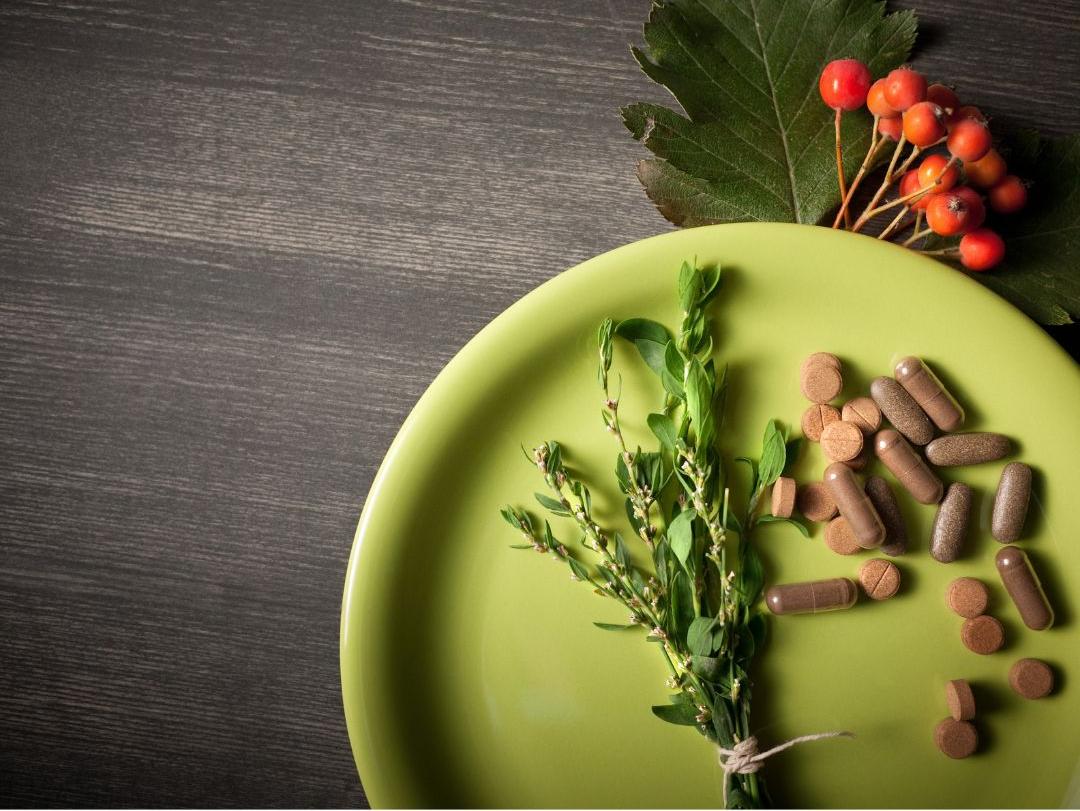
On Aug. 26th, 2024, ZMUni Compliance Centre hosted a webinar titled “Towards Cruelty-Free Cosmetics: Exploring China's Compliance Requirements for New Cosmetic Ingredients of HoSU and Polymers” presented by our Senior Compliance Consultant Lolita Yang and Regulatory Analyst Kimberly Jin. This webinar focused on the following five key parts: 1.Background: Get Ready for China’s NCI Regulatory Regime 2.China to Accept Animal-alternative Test Data under Specific Conditions 3.Understanding the Application under Situation 3 and 5, NCI with HoSU 4.Understanding the Application under Situation 6, NCI of Polymer 5.Points to Note for NCI Application in China The
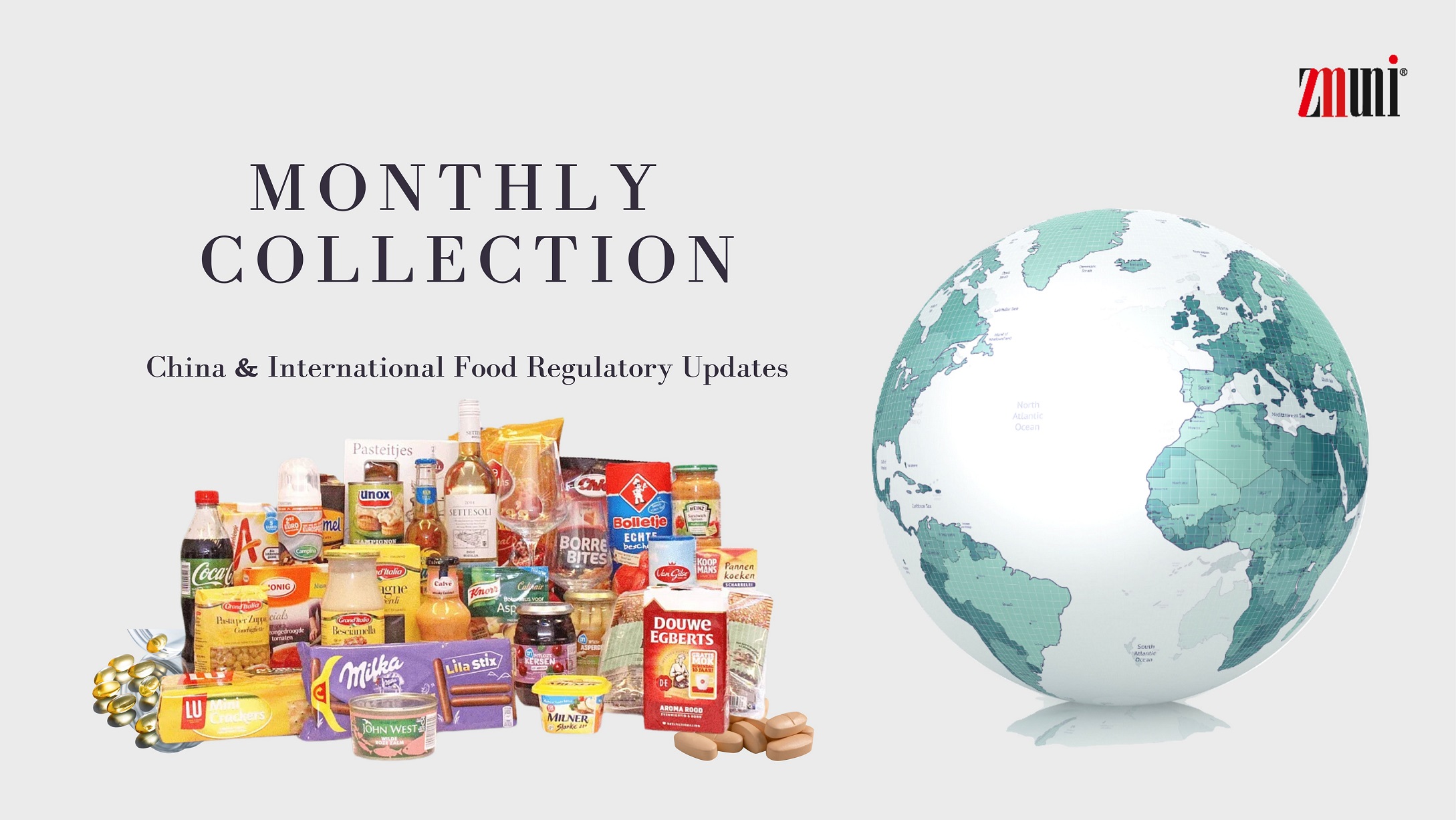
This article focuses on summarizing the regulatory developments related to food within China and internationally in August 2024, with an emphasis on updates in regulations concerning new food ingredients, food additives, feed additives and special foods. China Food Regulatory Updates | New Food Ingredients & Food Additives On August 5, 2024, China's National Health Commission (NHC) announced the approval of three new food ingredients (Arabinoxylan, Bifidobacterium longum subsp. infantis M-63, N-acetylglucosamine) and four new varieties of food additives (Hydroxytyrosol, Methylene chloride, 2'-fucosyllactose, Polyglycerol polyricinoleate (PGPR). On August 26, 2024, the National Center for Food Safety Risk Assessment (CFSA) released an
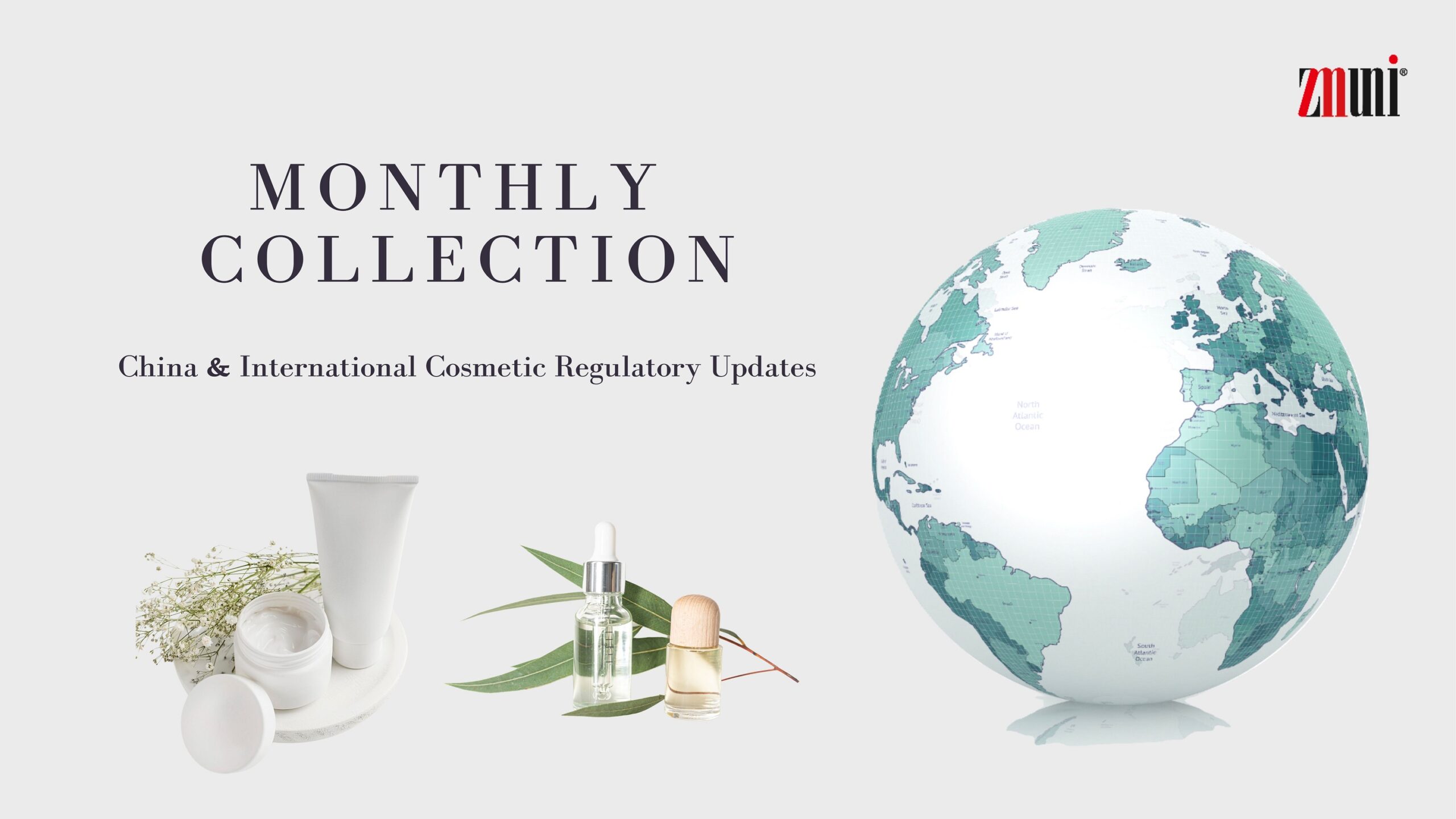
China Cosmetic Regulatory Updates | New Cosmetics Ingredients (NCI) Notification In August 2024, 9 new cosmetic ingredients were filed with the China National Medical Products Administration (NMPA). They include: Ingredient Name in CN & EN Notification No. Filer in CN 吡咯并喹啉醌二钠盐 (Pyrroloquinoline Quinone Disodium Salt,PQQ) 20240056 湖北美琪 紫檀芪 (Pterocarpus Marsupium Bark Extract) 20240057 广州青囊 β-烟酰胺单核苷酸 (Nicotinamide Mononucleotide) 20240058 植恩生物 乙酰姜黄酮 (Acetyl Zingerone) 20240059 敷尔佳 裂褶菌(SCHIZOPHYLLUM COMMUNE)发酵产物滤液 (Schizophyllum Commune(Mushroom) Ferment Filtrate) 20240060 丸美生物 sr-贻贝寡肽-1 (sr-Mussel Oligopeptide-1) 20240061 深圳柏垠 氧化白藜芦醇 (Oxyresveratrol) 20240062 溪木源 岷江蓝雪花(CERATOSTIGMA WILLMOTTIANUM)提取物 (Ceratostigma Willmottianum Flower Extract) 20240063 贝泰妮 黄蜀葵(ABELMOSCHUS MANIHOT)花提取物 (Abelmoschus Manihot Flower Extract) 20240064 康恩贝 The technical requirements

On Aug. 26th, 2024, ZMUni Compliance Centre hosted a webinar titled “Towards Cruelty-Free Cosmetics: Exploring China's Compliance Requirements for New Cosmetic Ingredients of HoSU and Polymers” presented by our Senior Compliance Consultant Lolita Yang and Regulatory Analyst Kimberly Jin. This webinar focused on the following five key parts: 1.Background: Get Ready for China’s NCI Regulatory Regime 2.China to Accept Animal-alternative Test Data under Specific Conditions 3.Understanding the Application under Situation 3 and 5, NCI with HoSU 4.Understanding the Application under Situation 6, NCI of Polymer 5.Points to Note for NCI Application in China The following is
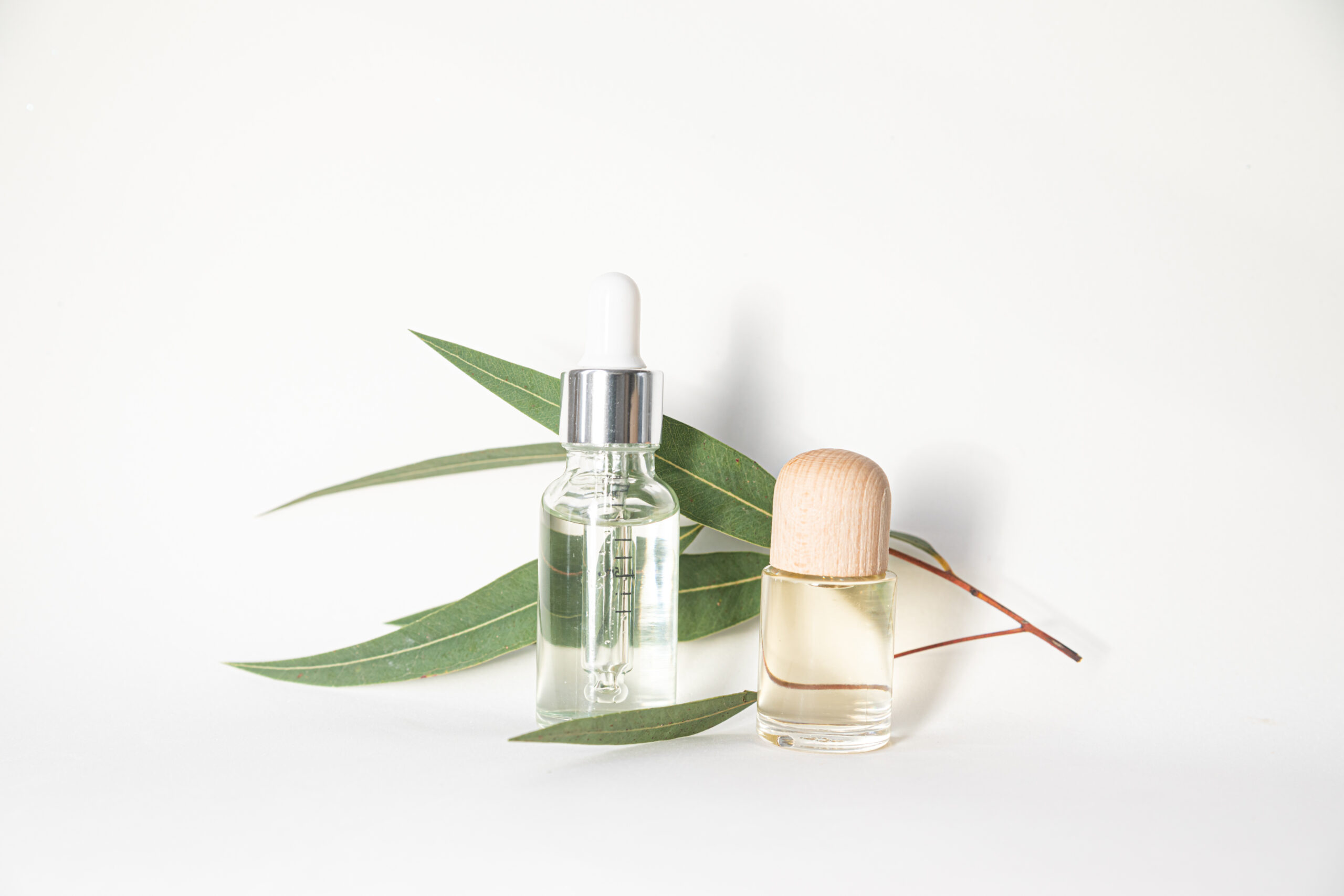
| What happened? Chinese beauty brand WINONA , a subsidiary of Botanee Group, is facing controversy over allegations that it improperly added preservatives to its products. The claims were made by a famous vlogger of product review Wang Hai, who posted a video on his social media platform, "Wang Hai Reviews," accusing WINONA of concealing its use of the preservative phenoxyethanol. The video reported that phenoxyethanol was detected in various batches of the same product purchased from multiple e-commerce platforms, with concentrations ranging from 0.137% to 0.140%. In response to these allegations, WINONA issued a statement acknowledging the presence

On August 19, 2024, the Beijing Municipal MPA issued the “FAQs on Notification of General Cosmetics (Vol. 36),” providing a entry-level guide on conducting full-version safety assessment report of cosmetics. This practical resource involves main regulations, main content of the full version of CPSR and reference for commonly used toxicology databases. Q1:What are the main regulations and technical guidelines related to cosmetic safety assessment in China? A: Main regulations include: Cosmetic Supervision and Administration Regulation Administrative Measures on Cosmetics Registration and Notification Provisions for Management of Cosmetic Registration and Notification Dossiers Technical Guidelines for Cosmetic Safety Assessment Safety and Technical Standards for Cosmetics
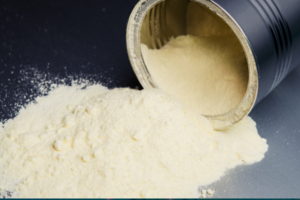
Under China’s Food Safety Law, food is categorized into general and special food, the latter including health food, food for special medical purposes (FSMP), and infant formula food. FSMP is specially processed and formulated to meet the unique nutritional or dietary needs of individuals with dietary restrictions, digestive and absorption disorders, metabolic disorders, or specific diseases. FSMP in China is subject to registration management and must be used under the guidance of a physician or clinical nutritionist. Current State of FSMP in China: While FSMP is a relatively new concept in China, its market is rapidly expanding. Despite initial challenges,
+86 571 8659 2517
+86 180 5841 8258
info@zmuni.com